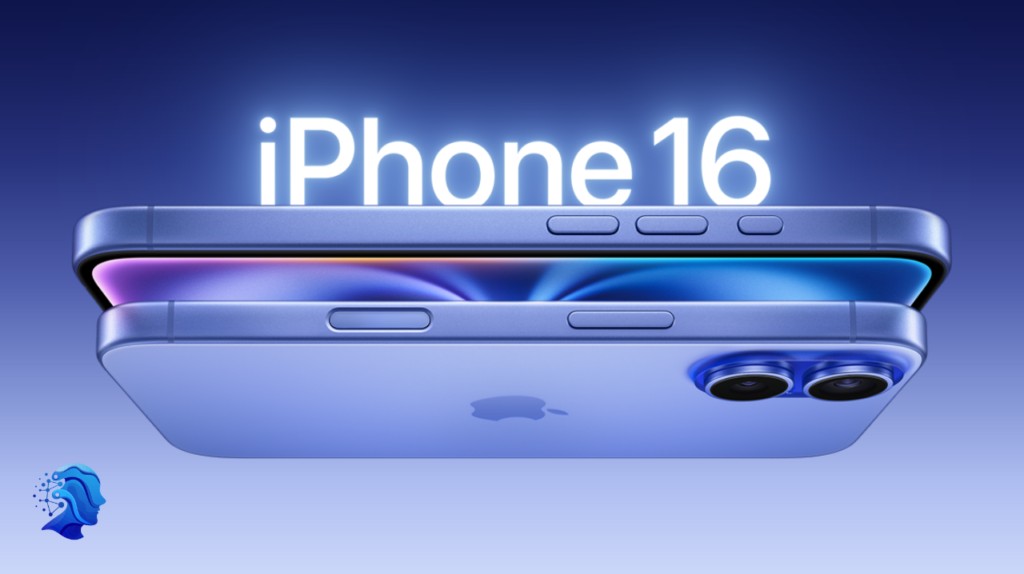Apple’s recent performance in the Chinese smartphone market has raised eyebrows in a highly competitive landscape. According to a report from IDC, Apple’s iPhone sales in China slipped by 0.3% in Q3 2024, while its rival Huawei witnessed a remarkable 42% surge in the same period. This development reflects the intensifying competition in the world’s largest smartphone market, signaling shifts in consumer preferences and market dynamics.
Overview of the Market
In the third quarter of 2024, Apple’s market share was 15.6%, a slight decline of 0.5 percentage points year-on-year. In contrast, Huawei captured 15.3% of the market, gaining 4.2 percentage points. These figures highlight the ongoing battle between these tech giants, each striving to secure its place in a rapidly evolving market.
Vivo emerged as the top vendor, primarily due to its focus on budget-friendly devices, with an impressive market share of 18.6%. The competition is not just limited to these three brands; other players are also vying for consumer attention in a market with a 3.2% increase in smartphone sales overall, totaling 68.78 million units in Q3.
Huawei’s Resurgence
Huawei’s resurgence can be attributed to its successful launch of the Mate 60 series last year, which featured a domestically produced chip that resonated well with Chinese consumers. The brand’s ability to innovate and introduce compelling products has allowed it to reclaim its position in the market’s premium segment. Furthermore, the recent launch of the Pura 70 model has further bolstered Huawei’s standing against Apple.
Analysts believe that Huawei’s strategic focus on quality, advanced features, and ability to navigate supply chain challenges have contributed significantly to its recent success. The introduction of the tri-foldable phone on the same day as Apple’s new iPhone 16 launch demonstrates Huawei’s commitment to pushing the boundaries of smartphone technology.
Apple’s Challenges
Apple has faced many challenges in the Chinese market, including restrictions on iPhone usage by certain government agencies, which has undoubtedly impacted sales. The brand’s premium pricing strategy has also made it vulnerable to competition from lower-priced alternatives, especially in a market where budget-conscious consumers are increasingly prevalent.
To combat these headwinds, Apple has implemented various discount campaigns to boost sales. The introduction of the iPhone 16, which went on sale on September 20, provided a temporary lift, with sales reportedly 20% higher in the initial three weeks than the previous year’s models. However, the overall trend suggests that Apple may need to rethink its approach to maintain its competitive edge.
Consumer Preferences and Market Dynamics
The changing landscape of consumer preferences in China plays a crucial role in shaping the smartphone market. As consumers become more price-sensitive, brands like Vivo and Huawei, which offer budget and mid-range options, are gaining traction. The popularity of domestically produced devices, particularly those emphasizing innovation and local manufacturing, also influences purchasing decisions
Apple’s brand loyalty remains strong, particularly among high-income consumers, but its pricing strategy may hinder the company’s ability to attract new customers. As competition intensifies, Apple must find ways to appeal to a broader audience while maintaining its premium brand image.
Future Outlook
Looking ahead, Apple appears poised to make a concerted effort to regain lost ground in the Chinese market. IDC notes that with the launch of new products, including the Apple Vision Pro, and ongoing market promotions, demand for the iPhone 16 series is expected to materialize gradually.
However, Huawei’s momentum cannot be overlooked. The brand’s ability to innovate and adapt to changing market conditions positions it well for continued growth. As both companies strive for supremacy, the dynamics of the Chinese smartphone market will remain closely watched.
Conclusion
The smartphone market in China is a microcosm of global technology trends, reflecting major players’ challenges and opportunities. While Apple’s sales have slipped slightly, introducing new models and aggressive marketing strategies may help turn the tide. On the other hand, Huawei’s impressive growth underscores the importance of innovation and responsiveness to consumer needs.
As competition continues to intensify, both brands will need to navigate a dynamic and challenging landscape. The outcome of this rivalry will likely shape the future of smartphone technology in China and beyond.

1 Comment
Pingback: Apple’s Q3 Smartphone Sales Slip in China as Huawei Soars: An In-Depth Analysis – Oranic Soft